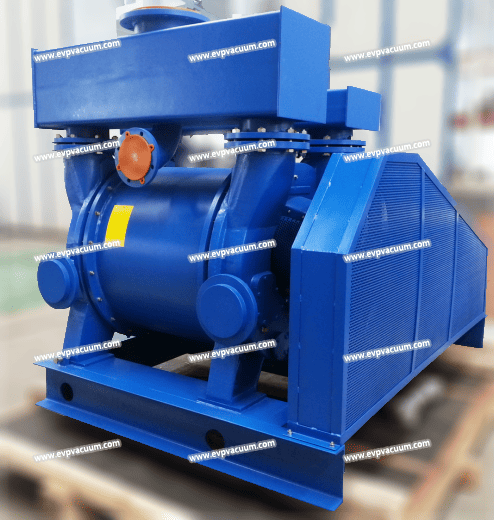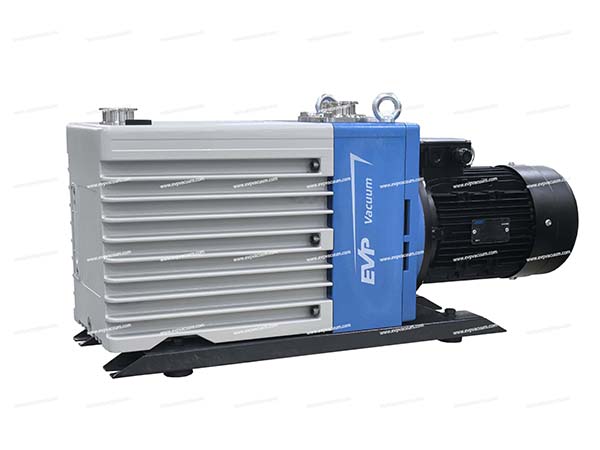How to install a vacuum pump to reduce vibration?
Vacuum pumps play a crucial role in industrial applications, however, incorrect installation often leads to excessive equipment vibration, affecting operational efficiency and equipment lifespan. Here are some suggestions on how to correctly install a vacuum pump to reduce vibration.
1、 Basic Design and Installation
Solid foundation: The basic design of vacuum pumps is crucial. The foundation should be sturdy, stable, and have sufficient weight, usually more than three times the total weight of machinery such as pumps and motors. This can effectively reduce the vibration caused by unstable foundations.
Anchor bolts: When installing the vacuum pump, ensure that the anchor bolts are securely fastened in place. In addition, it is possible to consider installing vibration isolation pads or isolators between the pump and the bracket to further reduce vibration transmission.
Horizontal installation: The vacuum pump should be installed horizontally to ensure even clearance between the rotor and stator and reduce vibration caused by installation tilt.

2、 Calibration and installation of shafts and bearings
Shaft inspection: Before installation, a comprehensive inspection of the vacuum pump shaft should be conducted to ensure that there is no bending, deformation, or mass eccentricity. If necessary, correction or replacement should be carried out.
Selection and installation of bearings: Choose high-quality bearings and ensure their correct installation. Sliding bearings should have good self-lubricating performance to reduce friction and vibration. At the same time, the structure of the bearing seat should be designed reasonably to improve its stiffness.
Alignment of coupling: Ensure that the coupling between the motor and the vacuum pump is well aligned. Poor alignment of the coupling is one of the main causes of vibration. During installation, special tools shall be used for alignment adjustment.
3、 Installation of pipelines and accessories
Elastic support: Elastic support brackets should be used on the inlet and outlet pipelines of the vacuum pump to reduce the transmission of vibration from the pipeline to the pump body. At the same time, flexible connections such as rubber joints should be used at the connection between the pipeline and the pump body.
Reasonable layout: The layout of pipelines should be reasonable, avoiding sharp bends and excessive stress concentration. At the same time, the length and quantity of pipelines should be minimized as much as possible to reduce the vibration of the pipeline system.
Buffer device: In pipeline systems, buffers or mufflers can be installed to alleviate the impact of airflow pulsation and pressure fluctuations on the pump body.
Pre start inspection: Before starting the vacuum pump, a comprehensive inspection of the equipment should be conducted to ensure that all components are installed correctly and securely in place. At the same time, the working status of the lubrication system and cooling system should be checked.
Regular maintenance: Regularly maintain and upkeep the vacuum pump, including cleaning, lubricating, and replacing vulnerable parts. This helps to maintain the good condition of the equipment and reduce the occurrence of vibration and malfunctions.
Vibration monitoring: Use professional vibration monitoring equipment to monitor the vibration status of the vacuum pump in real time. Once abnormal vibration is detected, the machine should be stopped immediately for inspection and troubleshooting.
In summary, the key to reducing vibration during the installation of vacuum pumps lies in basic design and installation, calibration and installation of shafts and bearings, installation of pipelines and accessories, as well as operation and maintenance. By following these steps and precautions, it can be ensured that the vacuum pump can operate stably after installation, reducing the negative impact of vibration.
(The article comes from the Internet. If reprinting is not allowed, please contact our company to delete it.)

